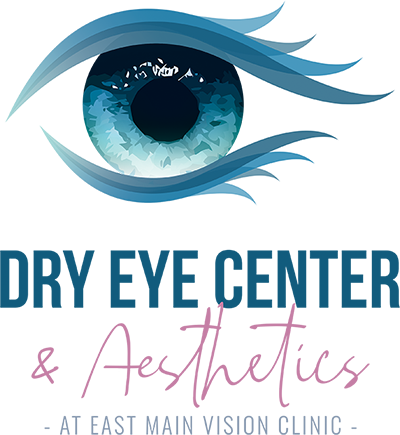May 13, 2024

As a parent, it is important to be aware of the various eye conditions that can affect your child's vision. From amblyopia to strabismus, understanding these common eye conditions can help you identify any potential issues early on and seek appropriate treatment.
Common Eye Conditions in Children
Amblyopia, commonly known as lazy eye, occurs when one eye has better vision than the other, leading the brain to rely more on the stronger eye and neglect the weaker one. This can result in poor depth perception and reduced visual acuity in the affected eye.
Amblyopia is usually caused by a difference in refractive error or misalignment between the two eyes. It can also develop due to a congenital cataract or a droopy eyelid. If left untreated, amblyopia can have long-term consequences on a child's vision.
Strabismus, commonly referred to as crossed eyes, is another prevalent eye condition in children. It occurs when the eyes are misaligned and do not work together, resulting in one eye turning inward, outward, upward, or downward while the other eye focuses on a target. Strabismus can be present from birth or develop later in childhood. It can affect a child's vision, depth perception, and even cause double vision. If left untreated, it can lead to permanent vision loss in the misaligned eye.
Treatment Options for Amblyopia and Strabismus in Children
Treating amblyopia typically involves correcting the underlying cause and encouraging the weaker eye to work harder. This can be achieved through various methods, depending on the severity of the condition. One common approach is patching, where the stronger eye is covered with an eye patch, forcing the weaker eye to become stronger.
The treatment for strabismus depends on the underlying cause and the severity of the misalignment. In some cases, eyeglasses or contact lenses may be prescribed to correct the refractive error and improve the alignment of the eyes.
Other Eye Conditions to Look Out for
In addition to amblyopia and strabismus, children may also experience other common refractive errors, such as myopia (nearsightedness), hyperopia (farsightedness), and astigmatism. These conditions occur when the shape of the eye prevents light from focusing properly on the retina, leading to blurred vision.
Myopia is characterized by difficulty seeing distant objects clearly, while hyperopia causes difficulty in focusing on close-up objects. Astigmatism results in distorted or blurry vision at any distance. These refractive errors can affect a child's ability to learn, read, and participate in recreational activities.
Treating refractive errors in children typically involves the use of corrective lenses, such as eyeglasses or contact lenses. These lenses help to redirect light onto the retina, improving visual acuity.
Why Regular Eye Exams Are Essential for Children
Regular eye exams play a crucial role in maintaining children's eye health. Even if there are no apparent vision problems, routine check-ups can help identify any underlying eye conditions early on and prevent potential long-term consequences. Early detection and intervention significantly improve the chances of successful treatment and visual development.
Parents should ensure that their children undergo comprehensive eye exams at least once every two years, or as recommended by your optometrist. These exams assess visual acuity, eye alignment, refractive errors, and overall eye health. By prioritizing regular eye exams, parents can actively contribute to their child's overall well-being, academic performance, and quality of life.
Schedule Your Child’s Next Eye Exam with East Main Vision Clinic Today
Being aware of common eye conditions in children, such as amblyopia, strabismus, myopia, hyperopia, and astigmatism, is crucial for parents. Understanding the symptoms, treatment options, and the importance of regular eye exams can help parents identify any potential vision issues early and seek appropriate care. By actively monitoring their children's eye health and scheduling routine eye exams, parents can ensure optimal visual development, academic success, and overall well-being for their children.
For more information on common eye conditions in children or to schedule your child’s next eye exam, visit East Main Vision Clinic at our office in Puyallup, Washington. Please call (253) 780-0700 or text (253) 785-6580 to book an appointment today.



